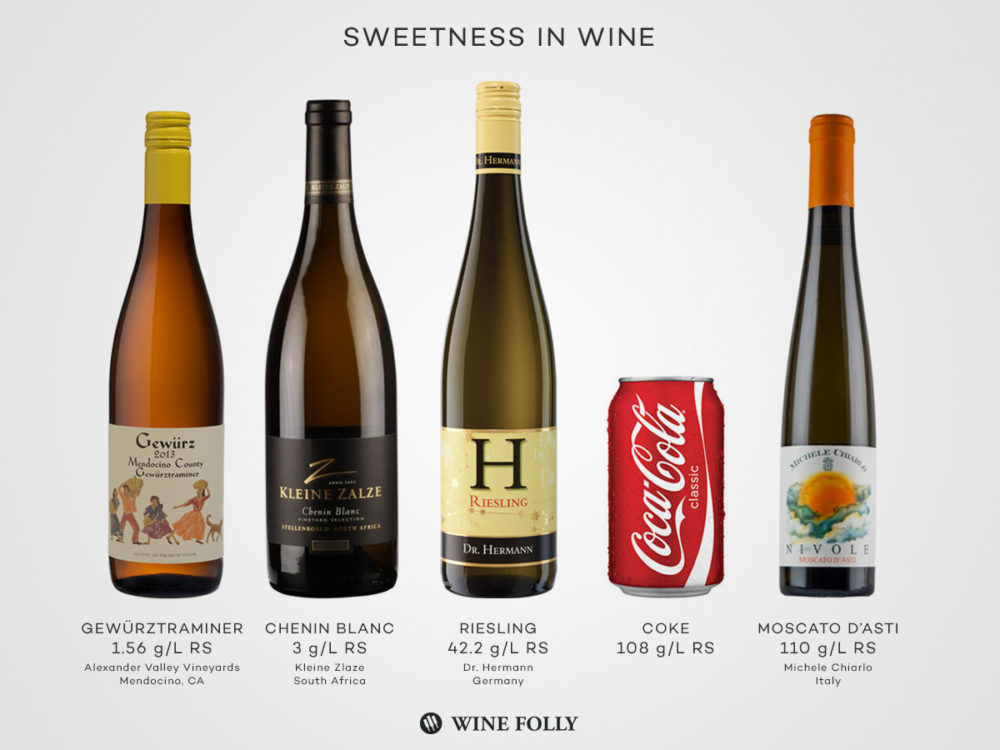WINE SPEAK – Know Your Terms
‘Winespeak’, ‘Wineterms’, the language that winemakers, sommeliers’ and tasters’ use can seem foreign tongue to many so if you have ever had trouble translating words or phrases, do not fret, you are certainly not alone.
Champagne is a classic area of the world which often uses words like ‘disgorge’, ‘sur latte’, ‘aldehydic’ and so on in context with the wines and winemaking. Are these words that you are supposed to understand?
The answer is no; but if you take a small discourse into production and historic context they slowly start to make sense. Often these words become ‘Anglicised’ with time, for example – disgorge comes from the French disgorgement, meaning to release the champagne from a process whereby the secondary ferment has taken place in the bottle, the wine is topped up usually(to create a house style or note) and then recorked post disgorgement, labelled and packed for sale. Sur Latte is a French term describing how the bottles lay in the cellars with wooden slats separating each layer.
Autolysis is a biproduct or a flavour ‘state’ reached through the fermentation process. Autolysis definitely has a flavour component – when you smell the bready, yeasty biscuit like flavours this is exactly what creates them. The mind boggles with old terminology but they are certainly terms which have more depth of meaning once understood.
When winefolk describe or taste wine this is another circle where terms can be misunderstood or totally baffling at the same time. A simple example to explain would be minerality. What the hell!!?? Is it Kryptonite or a strange rock formation? Mineral components are often translated into flavours we perceive because the area in which the grapes have grown possesses high earth and therefore this is translated through onto the tasters palate. Known as minerality they may be noted as chalk, talc or limestone, wet rock and many others, though these are most common.
Organic vs inorganic earth? Take the smell of rotting leaves in a creek after rain. This is an organic smell or note. Inorganic may be mineral or seem like a rocky earthy smell whereas the leaves would most certainly be organic. Think; Wet Gravel, Slate, Flint, Schist, Granite, Chalk, Sulphur (burnt match) You start to see how it works??
Another beauty to discuss could be oxidation and reduction. Concepts which confuse and detain even the most experienced taster. Essentially these are opposites of each other and are created through the winemaking process. When something is said to be oxidised, or oxidated even oxidative these all refer to the product (often Sherry’s or old style fortified wines) being handled in an environment where oxygen has been allowed or been present. Reduction or reduce is looked at as an environment where there has been a distinct lack of space and oxidative conditions. i.e. the lid is closed or the tank is shut during fermentation. This is often a muted state and is also used as a tool to create certain styles of wines. Too much oxidation or too much reduction: Oxidative and reductive are two polar ends of an extreme. Wines are rarely made either totally oxidatively or totally reductively because each extreme carries risks.
The big one, the ones you see on the back of labels and probably the easiest to misinterpret. Structure of wines. So we are talking about tannin, balance, acidity, body.
Body essentially is a reference to the weight of the wine in your mouth. It usually parallels the alcohol level so a Australian Riesling at 12.5% would be assessed as medium bodied whereas an Italian Amarone from the Veneto would be full in body.
Tannin is the component created by grape skin and by wood in the wine. It is a gritty, ‘drying’ feeling when it coats the side of your mouth. Ever tasted over brewed black tea? Same thing here.
Don’t let that ‘Drying’ sensation be confused with ‘Dry’ as in a dry white wine, confused yet? Don’t be;
A dry wine is one without residual sugar. A wine can be rich but still technically sugar-dry. You might hear some people say a wine is “very dry,” which just means that it is both technically dry and tastes even dryer than that because it has plenty of acid and/or tannin to make it appear even dryer.
Residual Sugar (RS) can be confusing for those learning about wine, as some wines that have lots of fruit weight can be quite rich, but they mightn’t actually have any sugar in them. Wines that are sweet, like some German Rieslings or dessert wines, have just had the fermentation stopped at a certain point, at the point some of the sugar is not converted to alcohol, hence residual sugar. n.b Avg Champagne (750ml) RS 4-7 grms, Avg White Wine (750ml) 1-3rgrms RS, Avg Red Wine (750ml) 12-15grms RS

A little sugar in wine isn’t a bad thing, so don’t go on a sugar witch hunt before tasting the difference! Many wine drinkers actually prefer a little residual sugar in their red wine because of the richness, complexity and body that sugar adds to wine
Balance is when all the ‘structural’ components are in harmony with no or little rough edges. When wines are in balance they are usually ready to start drinking or cellaring. If a wine is balanced in its youth, it will be balanced as it matures.
Whether its oxidative or sur latte the only way you can come to terms with these is to delve into the process of fermentation in depth either through reading, tasting or talking. Remember there is no right or wrong, everyone’s palate is different, tasting is learning, one day some of these terms may even become common in your wine vocabulary.
Ben Skipper and Luke Campbell